Physical Address
304 North Cardinal St.
Dorchester Center, MA 02124
A slowly growing tumor generally arising in the central region of the spinal cord in adults or a ventricle in children and adults
Most correspond to World Health Organization (WHO) Grade II; anaplastic ependymomas are WHO Grade III
Comprise 5% to 7% of all CNS tumors; no gender predilection
Bimodal age distribution with first peak in childhood (2 to 16 years) and second peak at 30 to 40 years
Infratentorial tumors predominate in children; typically arise from floor of the fourth ventricle
Third most common posterior fossa tumor in children
Supratentorial tumors have no age predilection
Ependymomas are the most common intra-axial spinal cord tumors in adults
Obstructive hydrocephalus with fourth ventricular tumors; headache, nausea, and vomiting; may have ataxia or visual disturbances
Focal neurologic deficits, seizures, and intracranial hypertension with supratentorial lesions
Spinal cord lesions present with motor and sensory deficits
60% to 70% overall 5-year survival
Best prognosis with spinal cord tumors of adults; usually treated with surgery
Recurrences common in children with fourth ventricular tumors; gross total resection
Well-demarcated masses with variable enhancement on MRI
Hemorrhage and calcifications in some cases
Soft pink-tan, well-demarcated tumor
Occasional hemorrhage or necrosis
Fourth-ventricular tumors may extend out of foramina of Luschka into subarachnoid space
Uniform appearance of tumor cells with round to oval nuclei having salt-and-pepper–like chromatin
Perivascular pseudorosettes composed of radially arranged, tapering cell processes extending to intratumoral blood vessels
Ependymal rosettes or ependymal canal-like structures with central lumen are less common
Tumor blood vessels occasionally hyalinized
Papillary ependymomas: rare variant with uniform epithelial surfaces along CSF exposures with papillary or pseudopapillary architecture
Clear cell ependymomas: mimic of oligodendroglioma but has well-demarcated border with adjacent brain; usually located in cerebral hemisphere of young adults; may behave more aggressively
Tanycytic ependymomas; usually arise in the spinal cord as a discrete mass that is well demarcated from the adjacent neural tissue; forms fascicles of highly fibrillated bipolar spindle cells; mimic of diffuse astrocytoma; ependymal rosettes usually absent with only vague pseudorosettes
GFAP is strongly reactive in tapering perivascular cell processes
Dotlike epithelial membrane antigen (EMA) reactivity especially along inner lumina of ependymal rosettes
CD99 reactive (but nonspecific)
Ki-67 (MIB1) labeling typically low (<5%)
Cilia (including basal bodies—“blepharoplasts”) and microvilli found along luminal surfaces of ependymal rosettes
Zipperlike junctional complexes
Deep nuclear invaginations in the clear cell variant
30% incidence of aberration involving chromosome 22
Associated with neurofibromatosis type 2 involving tumor suppressor NF2 gene
NF2 gene is located at 22q12, which is distinct from the 22q mutation found in many incidental ependymomas of the spinal cord
Fourth ventricle—child: medulloblastoma, pilocytic astrocytoma, choroid plexus tumor
Intra-axial spinal cord—adult: diffuse astrocytoma
Supratentorial: central neurocytoma, choroid plexus tumor, astroblastoma
Papillary variant: choroid plexus tumor, metastasis
Clear cell ependymoma: oligodendroglioma
Tanycytic ependymoma of spinal cord: diffuse astrocytoma
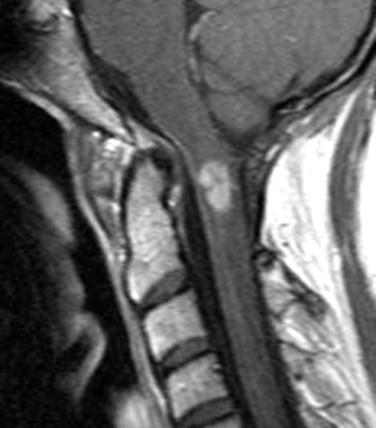
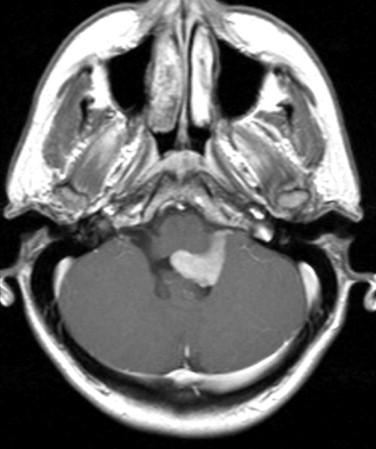
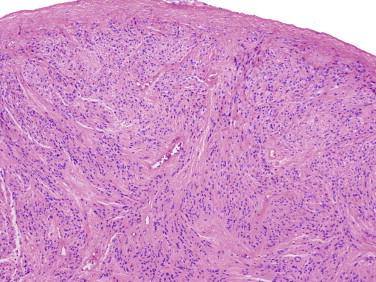
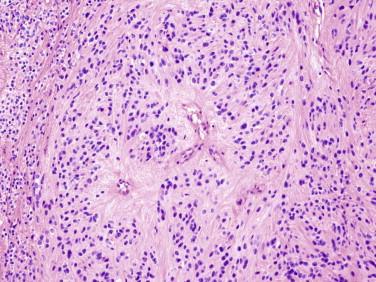
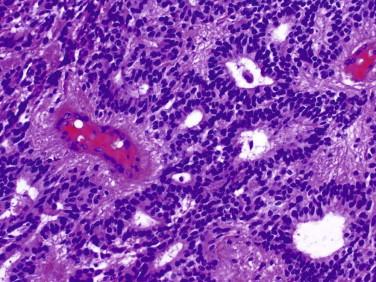
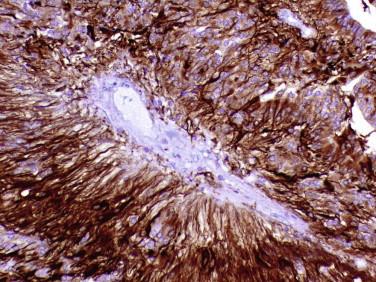
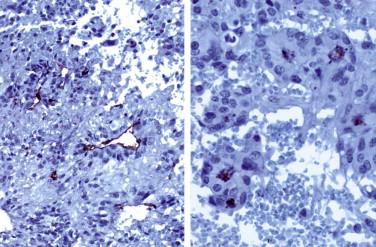
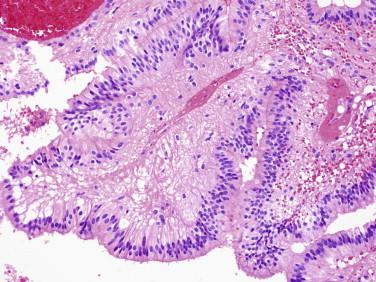
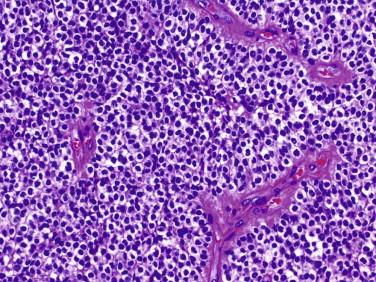
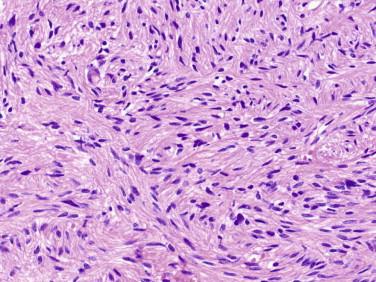
Become a Clinical Tree membership for Full access and enjoy Unlimited articles
If you are a member. Log in here